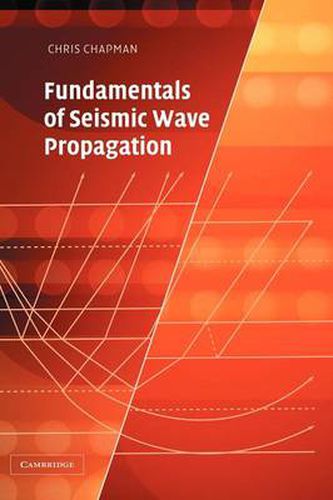Readings Newsletter
Become a Readings Member to make your shopping experience even easier.
Sign in or sign up for free!
You’re not far away from qualifying for FREE standard shipping within Australia
You’ve qualified for FREE standard shipping within Australia
The cart is loading…






Fundamentals of Seismic Wave Propagation presents a comprehensive introduction to the propagation of high-frequency body-waves in elastodynamics. The theory of seismic wave propagation in acoustic, elastic and anisotropic media is developed to allow seismic waves to be modelled in complex, realistic three-dimensional Earth models. This book provides a consistent and thorough development of modelling methods widely used in elastic wave propagation ranging from the whole Earth, through regional and crustal seismology, exploration seismics to borehole seismics, sonics and ultrasonics. Particular emphasis is placed on developing a consistent notation and approach throughout, which highlights similarities and allows more complicated methods and extensions to be developed without difficulty. This book is intended as a text for graduate courses in theoretical seismology, and as a reference for all academic and industrial seismologists using numerical modelling methods. Exercises and suggestions for further reading are included in each chapter.
$9.00 standard shipping within Australia
FREE standard shipping within Australia for orders over $100.00
Express & International shipping calculated at checkout
Fundamentals of Seismic Wave Propagation presents a comprehensive introduction to the propagation of high-frequency body-waves in elastodynamics. The theory of seismic wave propagation in acoustic, elastic and anisotropic media is developed to allow seismic waves to be modelled in complex, realistic three-dimensional Earth models. This book provides a consistent and thorough development of modelling methods widely used in elastic wave propagation ranging from the whole Earth, through regional and crustal seismology, exploration seismics to borehole seismics, sonics and ultrasonics. Particular emphasis is placed on developing a consistent notation and approach throughout, which highlights similarities and allows more complicated methods and extensions to be developed without difficulty. This book is intended as a text for graduate courses in theoretical seismology, and as a reference for all academic and industrial seismologists using numerical modelling methods. Exercises and suggestions for further reading are included in each chapter.